In today’s talk, Pico Iyer looks at the complexity of the question, “Where do you come from?” If the question is code for, “Where are your family’s roots?”
 Pico Iyer: Where is home?
his answer is India — although he has never lived there. If the question means, “Where were you born?” his answer is England — though he left the country as soon as he was able to. If the question is asking, “Where do you live now?” then the answer is the United States. But if the question is, “Where is your heart?” then Iyer’s answer is Japan, a country that has long intrigued him.
Pico Iyer: Where is home?
his answer is India — although he has never lived there. If the question means, “Where were you born?” his answer is England — though he left the country as soon as he was able to. If the question is asking, “Where do you live now?” then the answer is the United States. But if the question is, “Where is your heart?” then Iyer’s answer is Japan, a country that has long intrigued him.
Iyer notes that many people have a culture recipe with multiple ingredients. And this, he says, can be a point of commonality. “The typical person I meet today will be, let’s say, a half-Korean, half-German young woman living in Paris. As soon as she meets a half-Thai, half-Canadian guy from Edinburgh, she recognizes him as kin. She realizes that she probably has much more in common with him than anyone entirely of Korea or entirely of Germany,” says Iyer. “The little girl who arises out of their union will be, of course, not Korean nor German nor French or Thai or Scotch or Canadian or even American, but a wonderful and constantly evolving mix of all those places.”
Iyer’s talk reminded us at the TED Blog of an amazing presentation given at a TED all-hands meeting by our Product Development Analyst Haley Hoffman, who describes herself as a Persian-Jewish-Southern American ...
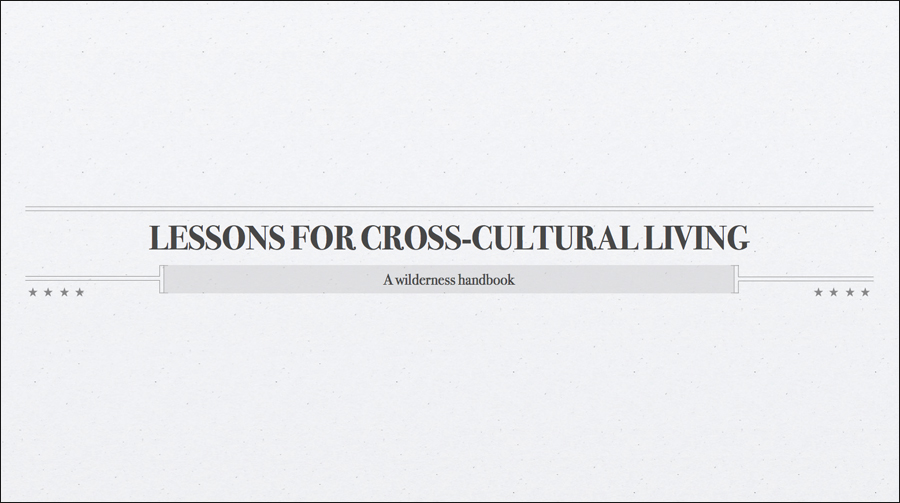
I come from a cross-cultural family. My parents are Persian and Jewish-American, and I grew up in the South. Now I have my own cross-cultural family: I’m a Persian-Jewish-Southern American, and my husband is a Korean-Hawaiian-Canadian New Yorker. As a self-identified expert on cross-cultural families, I offer you some telltale symptoms you’re in a cross-cultural family…
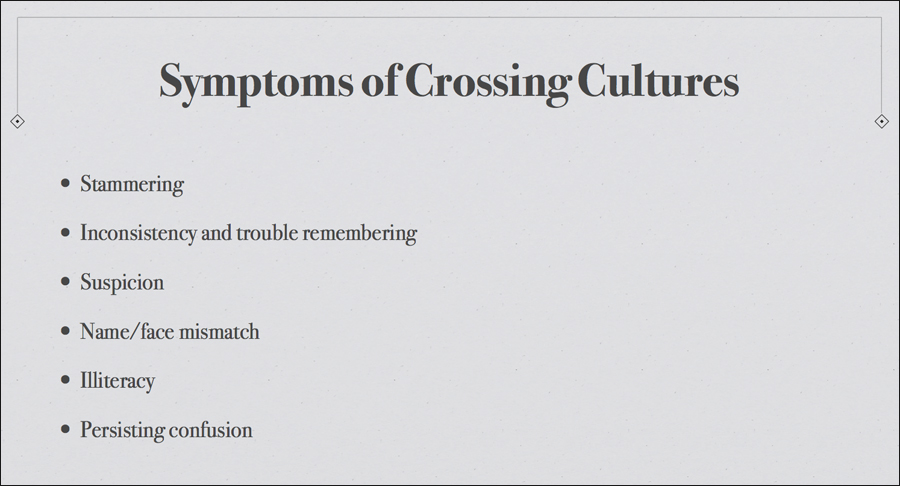
They are (1) Stammering when people ask where you’re from (2) Inconsistent answers to the same question and trouble remembering what you usually say (3) The above can result in suspicions that you are either lying or a spy (4) A name that simply fails to match your face (5) Contagious disappointment that you don’t speak one or more languages better or, well, at all and (6) Confusion about the prevalence or idiosyncracy of family customs. This last one is the most telling.

When you’re a kid, you think everyone is like you. Then, with experience and maturation comes the dubious certainty that no one is like you and you’re all alone, full of alienating secrets and bizarre preferences and habits. In any culture, this is called “middle school.” Both of these things are right. Ultimately, there is no way of knowing what you share with whom, until after extensive research.
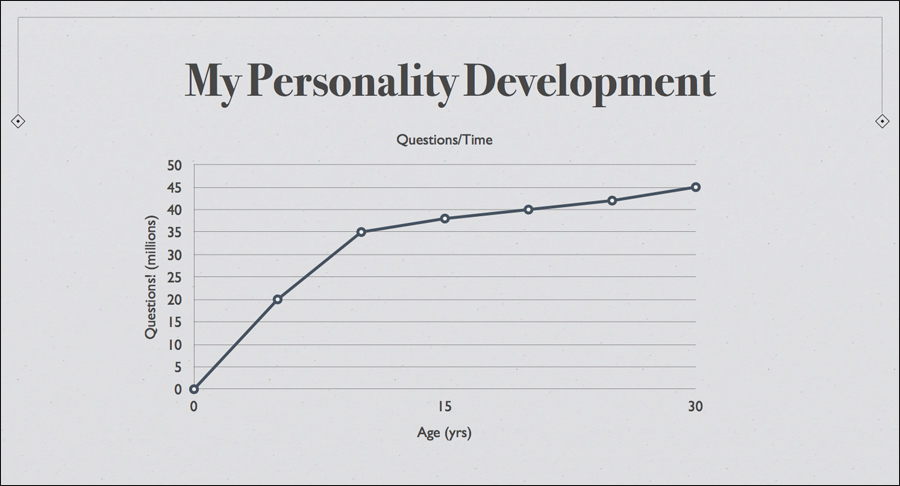
I have always been an analytical person — even as a kid. And so, with this major question of my identity and where I fit in lingering over me, I launched into extensive research. My areas of focus: (1) Holiday celebration espionage (2) Number of appropriate cheek kisses and (3) What does everyone else eat?
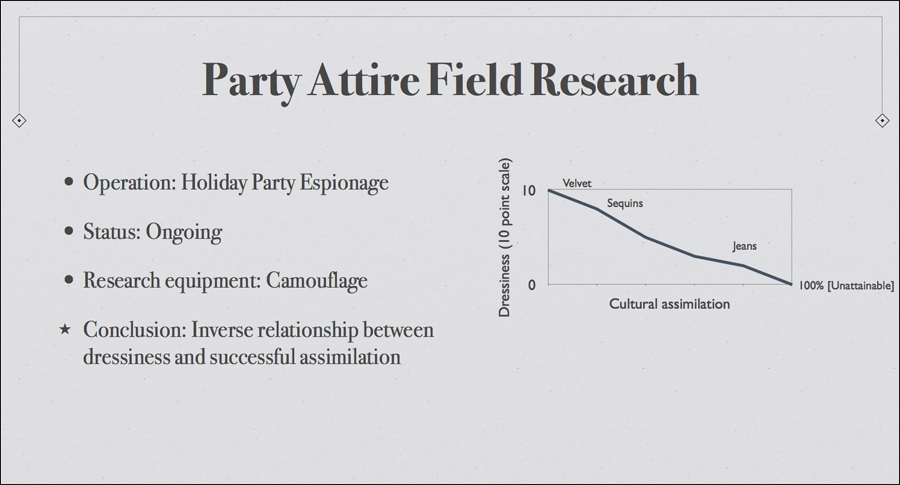
Collecting this data was fieldwork requiring extensive camouflage. I learned over the years: A tendency to overdress and my solid black palette were not generally appreciated.
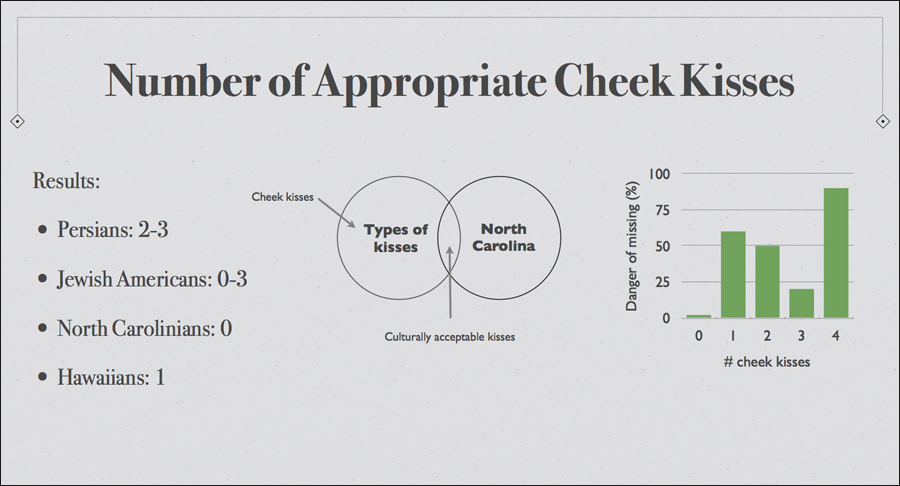
My data on this point varied wildly over the years.
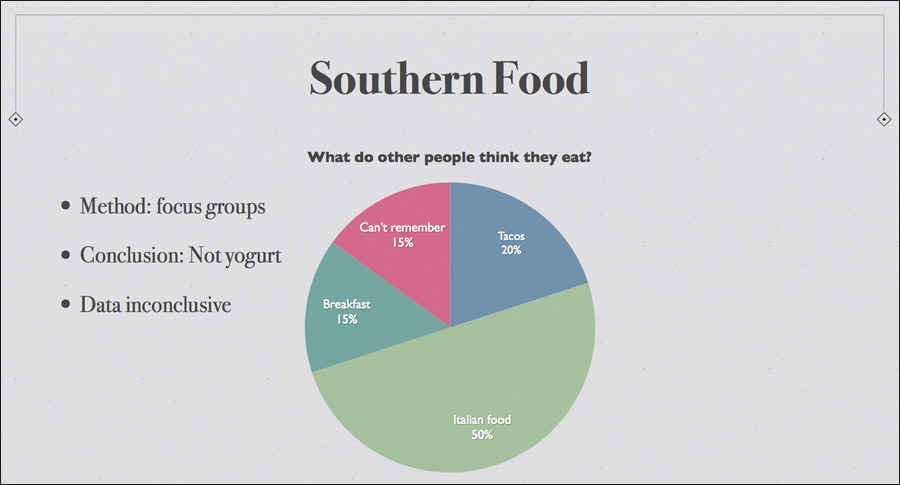
My research into what everyone else eats was conducted primarily in focus groups and interviews. For Southerners, I studied friends I grew up with and noticed, surprisingly, that yogurt did not figure into their diet, almost at all. I also found: most children apparently don’t spend as much time as I do thinking about what they eat every night. They also underappreciate macaroni and cheese and meatloaf, and overestimate the overall amount of Italian food cooked in the world.
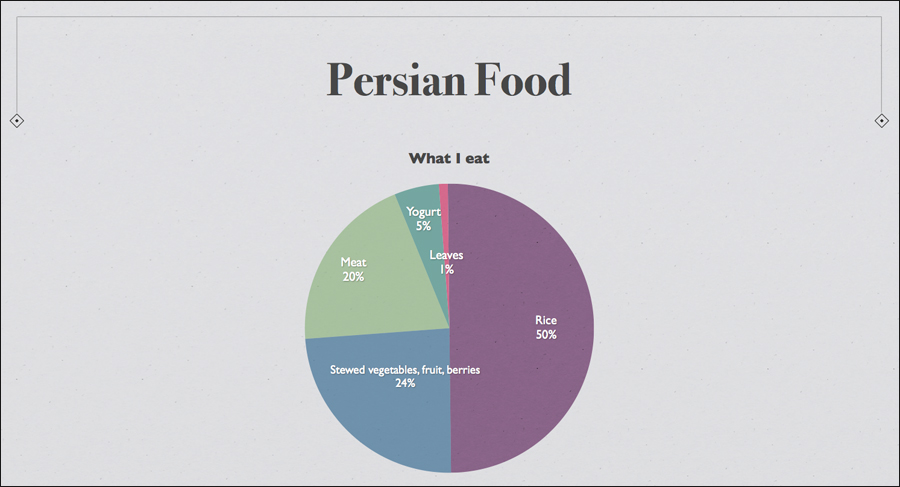
See, Persian food is composed always of a plate of rice, always paired with either vegetables or fruit/berries cooked usually with meat, and then garnished with plain yogurt and often a plate of fresh mint, green onions, and other herbs, called sabzi. I understood how the plate of leaves was confusing as some people considered this “not food.” But a longitudinal study revealed a general confusion about my personal pie chart.
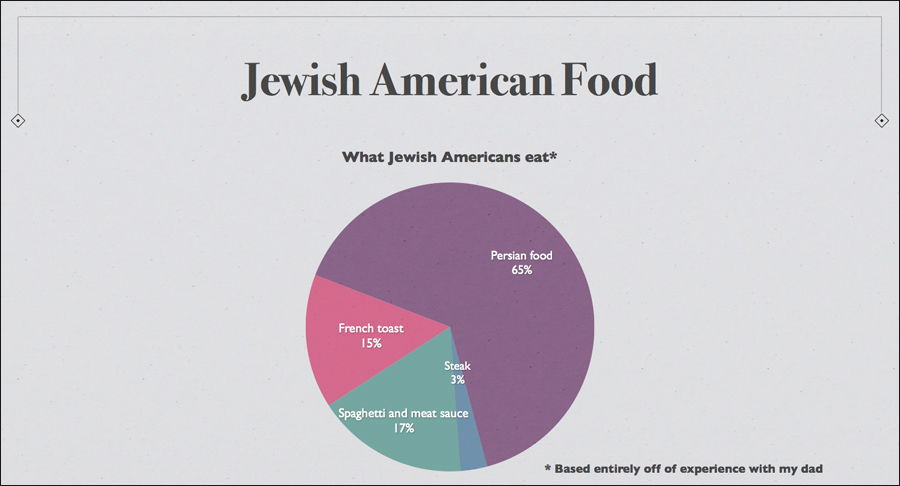
This data was collected from a sample of … 1.
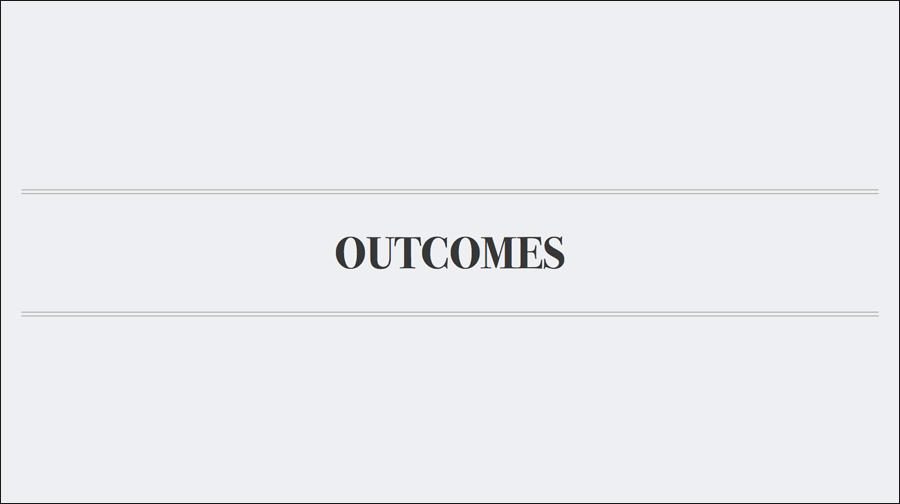
Fortunately, thanks to my ability to navigate high school, not all my data was so ambiguous. I managed to collect a set of very useful findings: (1) Constant cultural commentary is not appreciated (2) I could be confused for both kinds of Indian, and most kinds of Spanish (3) Sass is an effective method of diversion (4) Everyone’s life is a cobbled-together collection of trends, traditions and personal quirks that they picked up somewhere or another, and from a variety of people. These learnings helped me throughout life. Because eventually, a person has to stop thinking about what everyone else loves and does and is accustomed to, and start thinking about what she loves and does, and the style to which she wants to remain accustomed.
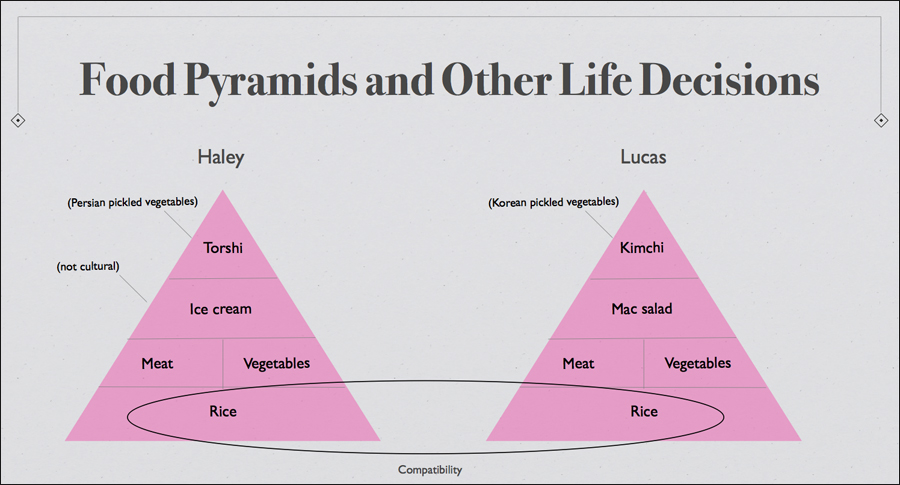
I’m happy to report that my new, self-curated cross-cultural family — and the Korean-Hawaiian North American who constitutes it — hits the most important list of requirements I developed during my years of research and analysis. As a happy ending to my angsty and data-driven youth, I have found and agreed to live forever with someone who, among other things, comes from two completely different places where it is not only okay, but nonnegotiable, that rice constitute 33.33% (repeated) of every meal.
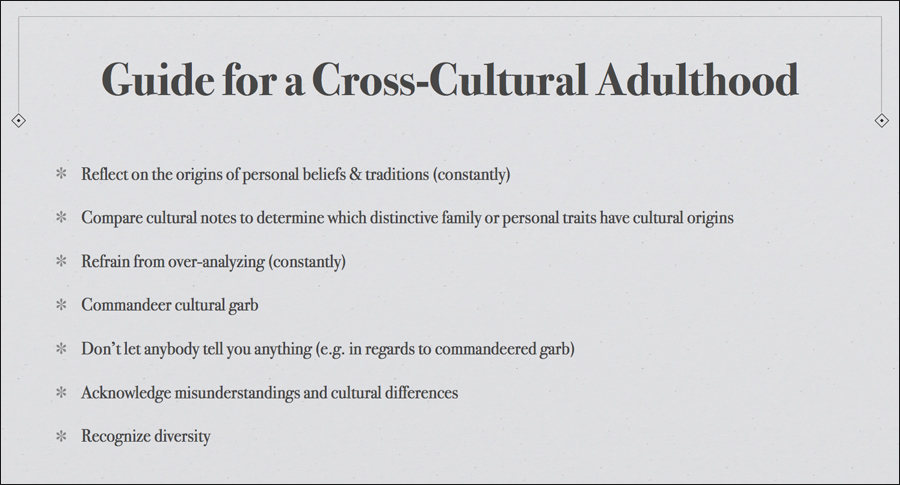
If it wasn’t already evident, even if you didn’t have a cross-cultural childhood, you may have a cross-cultural adulthood. I am thrilled, as this widens the pool of the audience for my research, and also puts me in even wider company. I have collated all the learnings from my DIY cross-cultural arrangement into the handy guidelines above, explained in further detail below. Enjoy it.
In conclusion, I propose the following guidelines for living a happy cross-cultural life:
- Ponder the origins of your personal beliefs and traditions. Do this constantly. Ask yourself questions like: “Why am I always overdressed” and “Why am I incapable of taking the last slice unless offered it three times?” .
. - Compare cultural notes with others and with related materials, to determine which elements of your parents’/spouse’s/own point of view are traits that are outwardly distinctive but actually cultural norms. For example:
○ My family’s rule about only vacuuming the carpet in one direction
○ An immunity to the caffeine in tea, but not anywhere else
○ Dusting pizza with fresh lemon: cultural inheritance, or idiosyncratic pizza party aberration? .
. - Spend a lot of time remembering that just because something is culturally statistically probable, doesn’t mean that it’s not still a personal idiosyncracy that should be left sacred, unetymologized, and even unmentioned. .
. - Adapt cultural garb as “your thing,” even if the garb isn’t of your culture. I wore a lei to my wedding, and nobody can say anything about it! .
. - Acknowledge the advantage of chalking disagreements up to cultural differences rather than meanness or incompatibility. .
. - Recognize that two people who were raised by different people, in different houses, will have cultural differences — even if you look the same and have the exact same background.
Comments (7)
Pingback: Links on 7/21/2013 |
Pingback: Off topic: Messages in bottles, crossing cultures, goodbye love letter, Rolling Stone covers, coffee in space | SiliconBeat